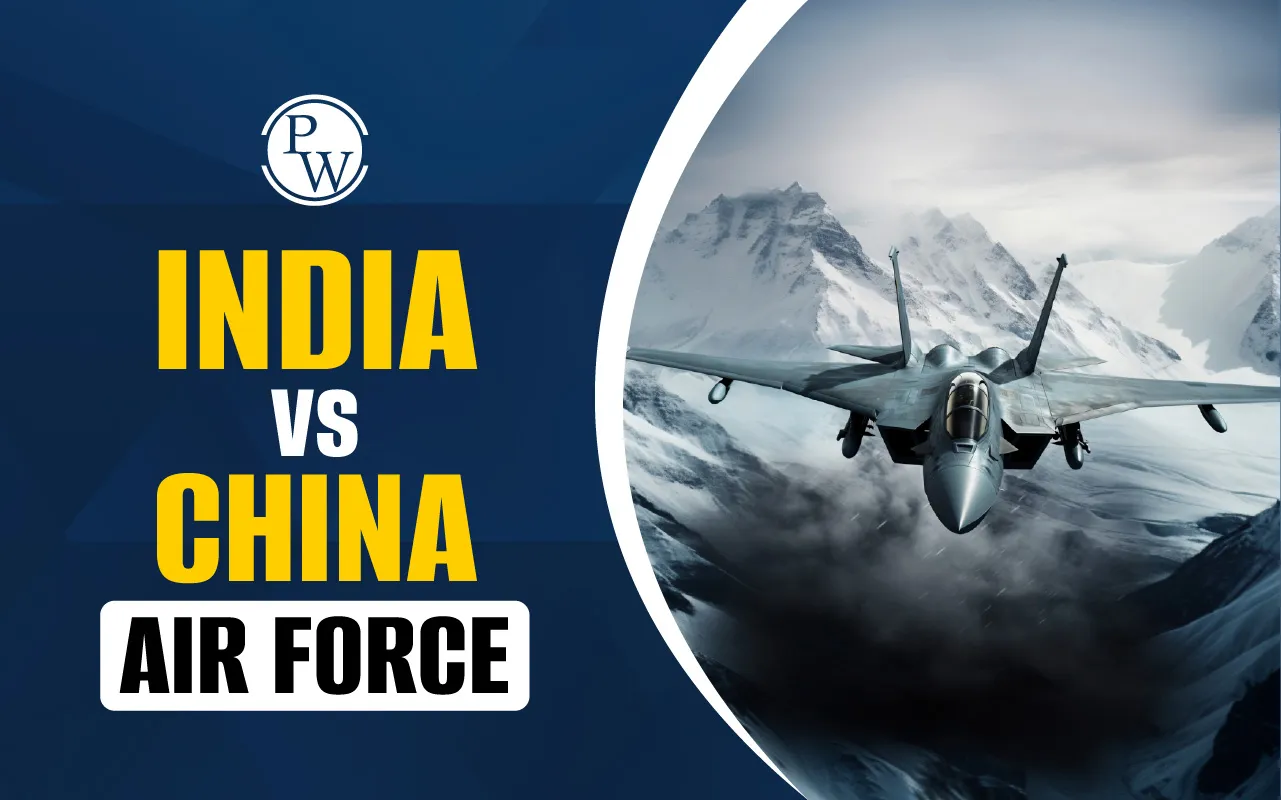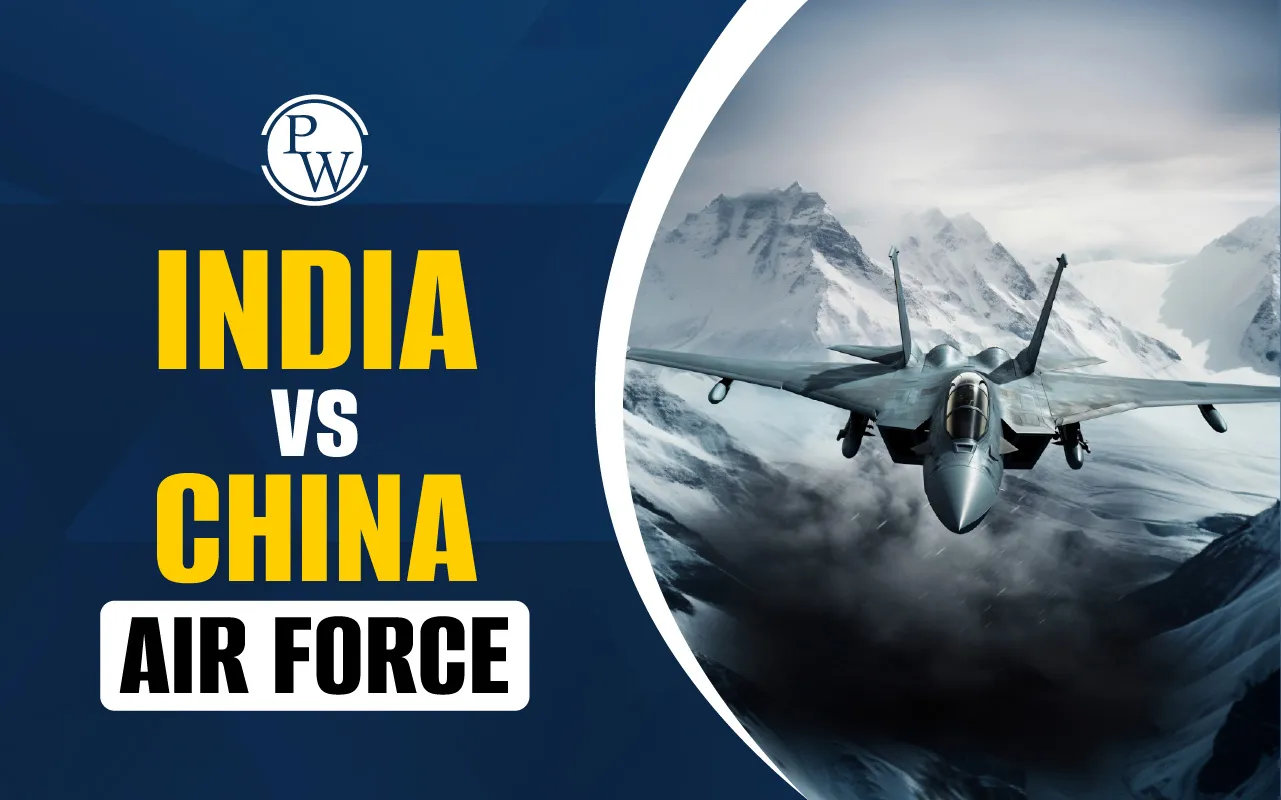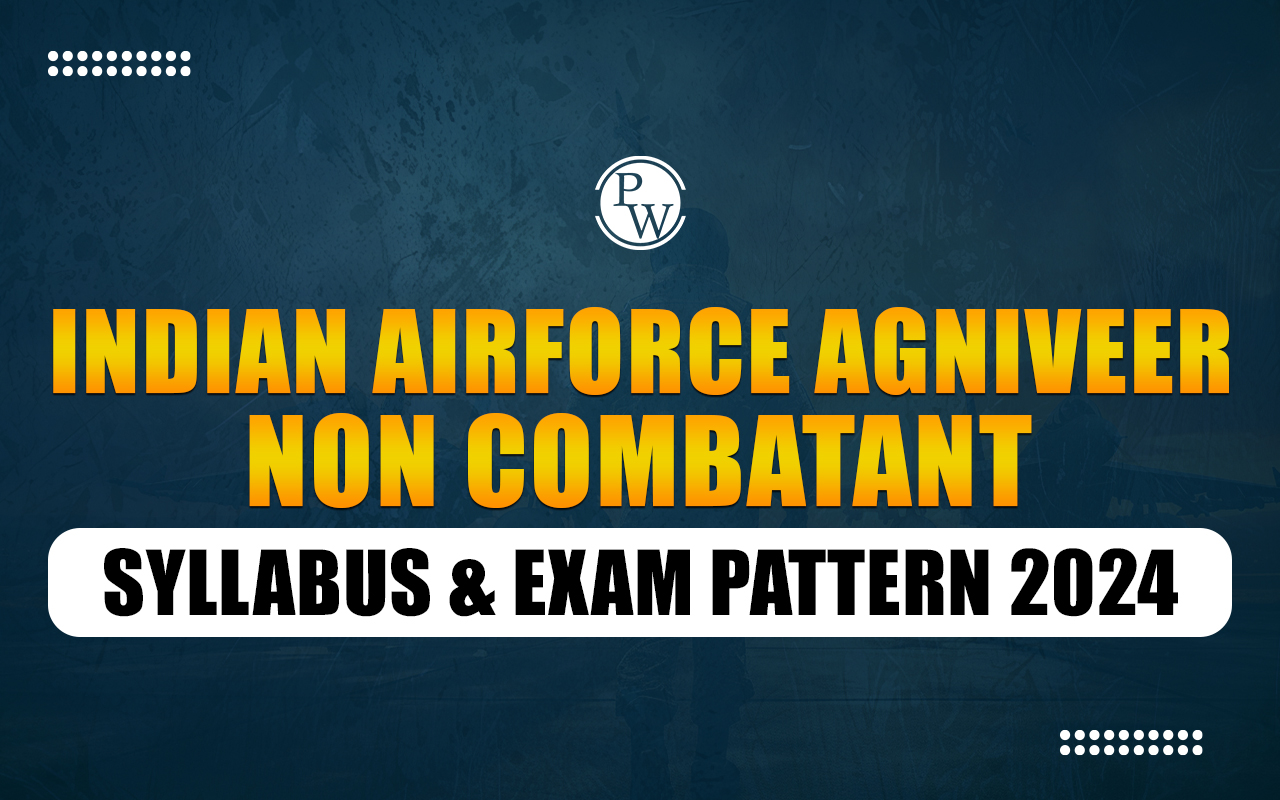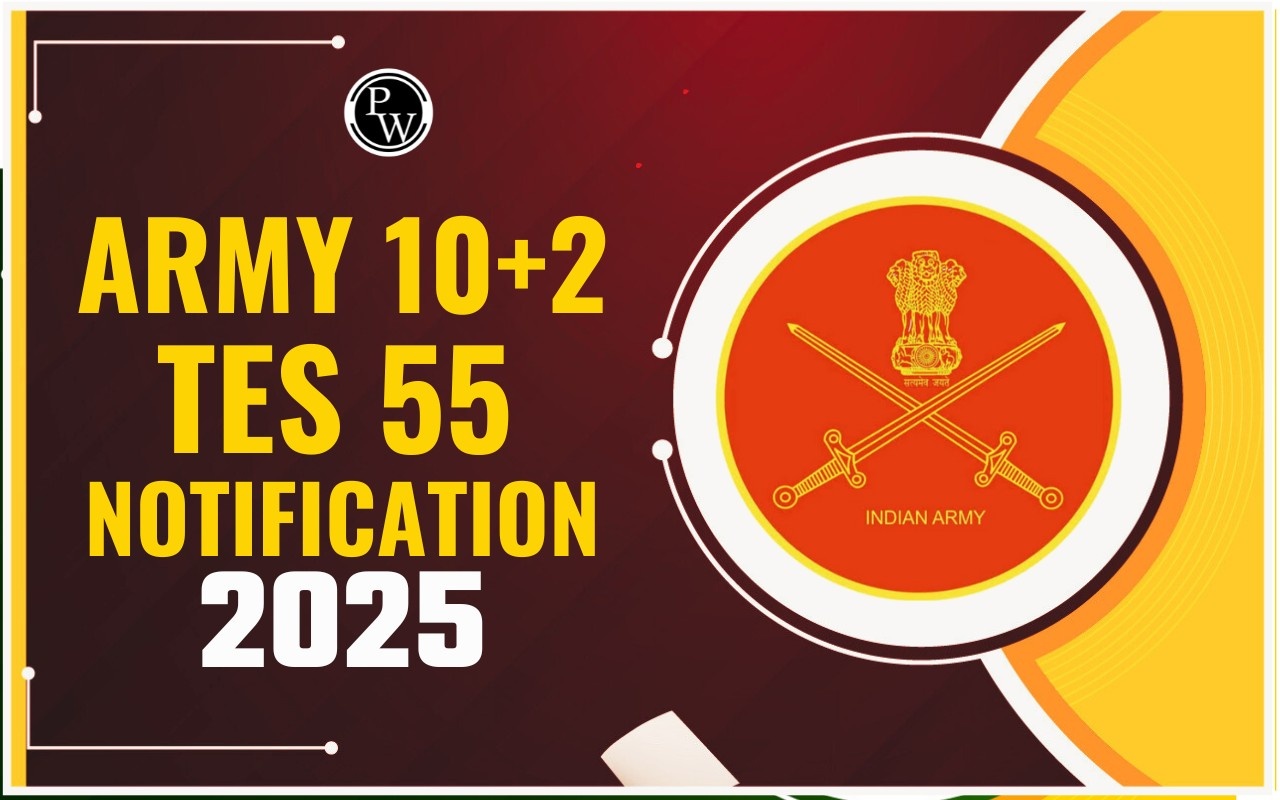

Indian vs China Air Force: India and China are the two neighbouring countries in the South Asian region. These countries are known for their air strength when it comes to protecting the border areas from any unwanted threat. Indian vs China Air Force comparison based on the number of fighter jets and air strength. The Chinese Air Force is known as the People’s Liberation Army Air Force (PLAAF). PLAAF is continuously putting efforts into improving its air strength. Meanwhile, the Indian Air Force focused on pilot training and acquiring top-notch fighter jets for the air force.
India vs China Air Force Comparison
The People's Liberation Army Air Force holds a strong command as compared to the Indian Air Force. IT comes while comparing the power of these two neighbouring countries. Candidates can check the key pointers provided regarding the Indian vs China Air Force Comparison. These are the approximate numbers provided in the table, subject to change with time.
|
India vs China Air Force Comparison |
||
|
Metric |
Indian Air Force (IAF) |
Chinese Air Force (PLAAF) |
|
Total Combat Aircraft |
~530 |
~1,800 |
|
Fighter Squadrons |
~31 squadrons |
~70+ squadrons |
|
5th Gen Aircraft |
In development (AMCA) |
J-20 (operational), J-35 (testing) |
|
Strategic Bombers |
None |
H-6 series |
|
Stealth Capabilities |
Limited (Rafale, Su-30 MKI mods) |
Advanced (J-20, radar evasion tech) |
India vs China Fighter Jets
IAF’s total combat aircraft is 900 and compared to China's 1700. The focus of IAF is on the growing indigenous capabilities. Indian vs China Air Force comparison data is expected values collected from numerous online sources. It is subject to change with time. Candidates can check the table regarding India vs China Fighter Jets.
|
India vs China Fighter Jets |
||
|
Category |
India |
China |
|
Total Combat Aircraft |
~900 |
~1,700 |
|
5th Gen Fighters |
AMCA (in development), Rafale (4.5 Gen) |
J-20 (operational), J-35 (testing phase) |
|
4th Gen Fighters |
Su-30MKI, Tejas Mk-1A, Mirage-2000 |
J-10C, J-11B, J-16 |
|
Carrier-Based Fighters |
MiG-29K, Rafale-M (on order) |
J-15, J-35 (future deployment) |
|
Indigenous Platforms |
Tejas Mk-1A, Mk-2, AMCA |
J-10, J-20, J-35 |
India vs China Air Strength
IAF’s focus has shifted from domestic manufacturing, combining foreign technology. Meanwhile, the Chinese Air Force focuses only on the indigenous system for its air strength. It has deployed surface-to-air missile systems. The availability of AEW&C Systems with India includes DRDO Netra, Phalcon (Israel), in the Indian vs China Air Force comparison. China has KJ-500 and KJ-2000. Still, IAF has limited access to the career-based Air Ops of INS Vikrant. A table with the information covered from multiple sources is provided in India vs China Air Strength.
|
India vs China Air Strength |
||
|
Capability |
India |
China |
|
AEW&C Systems |
DRDO Netra, Phalcon (Israel) |
KJ-500, KJ-2000 |
|
Long-Range Missiles |
Astra, BrahMos-A |
PL-15, PL-21 |
|
S-400 Systems |
Operational (Russian) |
Deployed + Indigenous HQ systems |
|
Carrier-based Air Ops |
INS Vikrant (limited fighter ops) |
Multiple carriers with stealth jets |
Indian Air Force vs Chinese Air Force
Indian Air Force vs Chinese Air Force: consider a list of the key highlights provided in the table.
-
IAF focuses on the pilot experience and hardcore training programs with diverse terrain exposure. Meanwhile, China has less combat experience in the pilot training programs.
-
In the Indian vs China Air Force, the focus of IAF is providing international exposure through joint operations and drills. Still, the Chinese Air Force is limited due to its limited exposure.
-
The Chinese Air Force gets an advantage from the strong internal alliances. However, it lacks in the global defence partnerships. IAF gains a bonus point by getting the support from the Western powers.
-
IAF is giving priority to the gradual modernisation with indigenous manufacturing. Chinese Air Force targets the rapid modernisation cycles with the high pace domestic production.
|
Indian Air Force vs Chinese Air Force |
||
|
Category |
India Air Force |
Chinese Air Force |
|
Pilot Experience |
Battle-hardened pilots with diverse terrain exposure |
Less combat experience |
|
Operational Exposure |
More experienced in multinational air drills and joint operations |
Limited international joint exercises |
|
Strategic Alliances |
Political partnerships with Western powers |
Strong internal alliances; limited global defence partnerships |
|
Fleet Size |
Smaller fleet but with focused deployment |
Larger fleet and manufacturing scale |
|
Modernization Pace |
Gradual modernisation with Western tech integration |
Rapid modernisation cycles with domestic production |
|
Aerospace Ecosystem |
The growing aerospace industry with foreign collaborations |
Integrated civil-military aerospace development |
India-China Military Power
India-China Military Power details are compiled from various online sources in the table. India’s global rank is 4th, and China stands in 3rd place in the military power. China’s active personnel is around 2,035,000. India’s active personnel strength is 1,455,550. China gains an advantage in military personnel strength. India’s focus is on providing hardcore training to the personnel, making them capable of standing in different terrains and protecting the border regions.
|
India-China Military Power |
||
|
Metric |
India |
China |
|
Global Rank |
4th |
3rd |
|
Power Index Score |
0.1184 |
0.0788 |
|
Defense Budget |
$75 billion |
$266.85 billion |
|
Active Personnel |
1,455,550 |
2,035,000 |
|
Reserve Personnel |
1,155,000 |
510,000 |
|
Paramilitary Forces |
2,527,000 |
625,000 |
| Other Related Links | |
| Remount Veterinary Corps Recruitment 2025 | Remount Veterinary Corps Salary |
| RCV Full Form in the Indian Army | How to Join the RCV Indian Army |
Indian vs China Air Force FAQs
Which is better, Indian vs China Air Force?
What is the global rank of India in Military Power?
What is the aircraft strength available with the IAF in 2025?
What is the total Combat Aircraft available to the Chinese Air Force?













